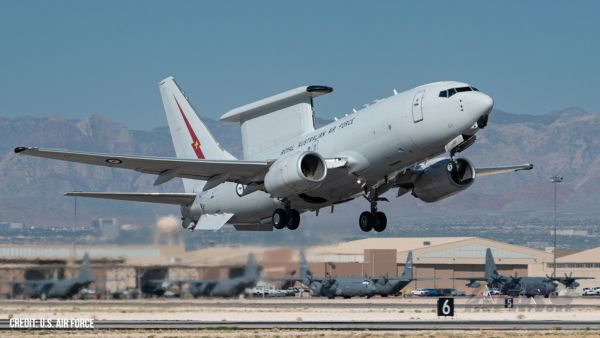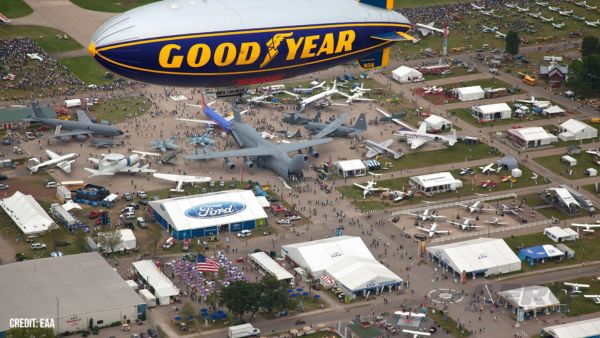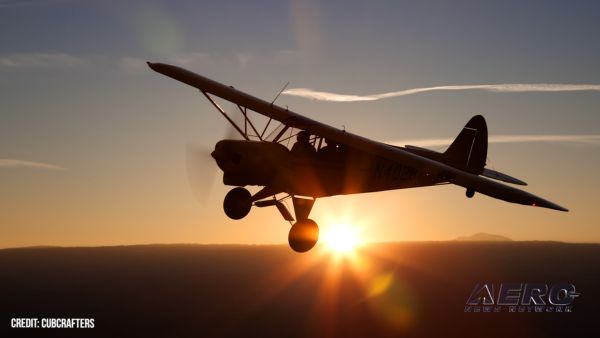Docking Slated For June 15
ESA’s fourth Automated Transfer Vehicle, Albert Einstein, was launched into orbit Wednesday evening from Europe’s Spaceport in Kourou, French Guiana. Europe’s autonomous supply ship will perform a series of maneuvers to dock with the International Space Station on June 15.
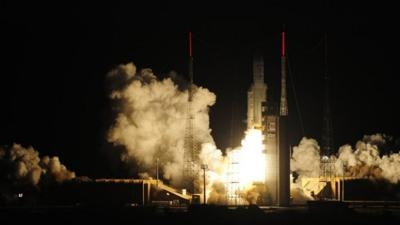
The Ariane 5 rocket, operated by Arianespace, lifted off at 2152:11 GMT and delivered ATV-4 into the planned circular parking orbit at an altitude of 161 miles about 64 minutes later. ATV then deployed its four power-generating solar wings and antenna boom. The ship is being monitored by the ATV Control Centre, jointly operated by ESA and CNES, the French space agency, in Toulouse. It will complete the Launch and Early Orbit Phase in some six hours after launch and is due to rendezvous and dock automatically with the Station at 1346 GMT on 15 June.
At 20,190 kg, or just over 44,500 pounds, ATV Albert Einstein is the heaviest spacecraft ever launched by Ariane, beating predecessor ATV Edoardo Amaldi by some 150 kg (330 lbs). ESA’s resupply and reboost vehicle is the largest, most advanced and most capable of the vehicles servicing the orbital outpost. “With another successful launch of the ATV, and another record in lifting capacity, European industry demonstrates its capacity to produce unique spacecrafts, providing ESA with a key role among the partners of the International Space Station,” noted Jean-Jacques Dordain, ESA Director General.
“This adventure is still in the making – ATV-4 is flying but ATV-5 is following and ATV technologies will survive beyond them in promising new programmes, such as NASA’s Orion Multipurpose Crew Vehicle, for which ESA is developing the service module," Dordain said. "From ATV to Orion, ESA is building up capabilities which will provide Europe the capacity to be a key partner in future international exploration programmes," said Thomas Reiter, ESA Director of Human Spaceflight and Operations. Today, we’re supporting long-term settlement and scientific research in low orbit. Tomorrow, we will take this expertise beyond Earth orbit together with our partners.”
ATV-4 is carrying a record payload of 5,400 pounds of dry cargo. Stored in ATV’s pressurised section, this cargo is also the most diverse ever, with more than 1400 items.
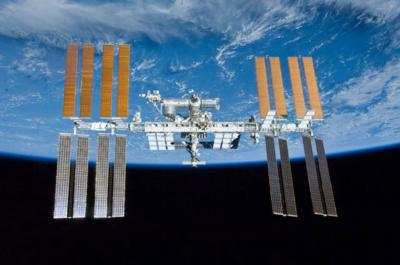
In addition, ATV-4 has 5,600 lbs of propellants for reboosting the Station’s orbit and 1,900 lbs more to refill the tanks of the Zvezda module. It will also pump 1,250 lbs of drinking water and 220 lbs of gases (two tanks of oxygen, one of air) into the Station’s tanks.
ATV was developed to deliver goods and propellants under a barter agreement with NASA to support Europe’s share of the Station’s operating costs. It features high-precision navigation systems, highly redundant flight software and a fully autonomous self-monitoring and collision-avoidance system with independent power supplies, control and thrusters. No other spaceship approaching the Station has demonstrated such a level of autonomous control.
Albert Einstein is the fourth in a series of five ATVs. It will spend over 4 months docked to the Zvezda module, during which it will provide extra storage room and a quiet rest area for the astronauts. It also offers a powerful manoeuvring capability to raise the Station’s altitude to combat natural orbital decay and, if required, to steer it out of the way of dangerous space debris.
At the end of its mission, filled with waste, it will undock on October 28 and make a safe controlled reentry over the South Pacific.
(Images provided by ESA [top], NASA [bottom])
 NTSB Final Report: Rutan Long-EZ
NTSB Final Report: Rutan Long-EZ ANN FAQ: Turn On Post Notifications
ANN FAQ: Turn On Post Notifications Classic Aero-TV: ICAS Perspectives - Advice for New Air Show Performers
Classic Aero-TV: ICAS Perspectives - Advice for New Air Show Performers ANN's Daily Aero-Linx (06.28.25)
ANN's Daily Aero-Linx (06.28.25) Aero-News: Quote of the Day (06.28.25)
Aero-News: Quote of the Day (06.28.25)


